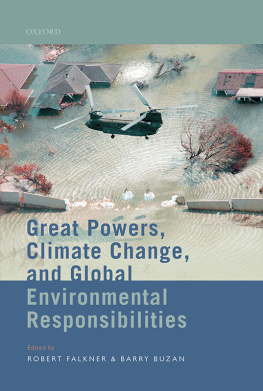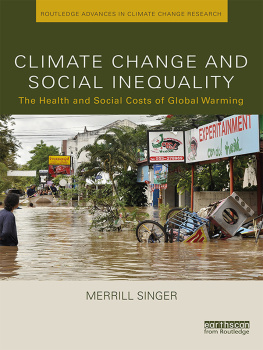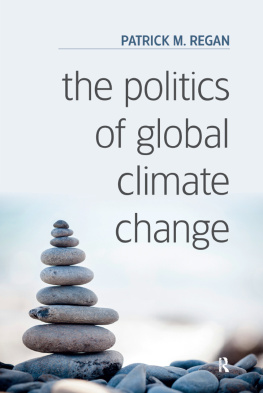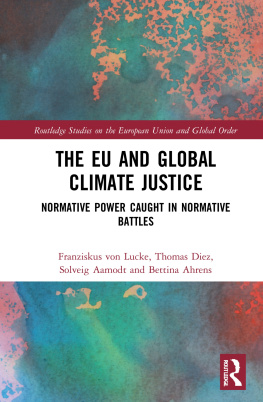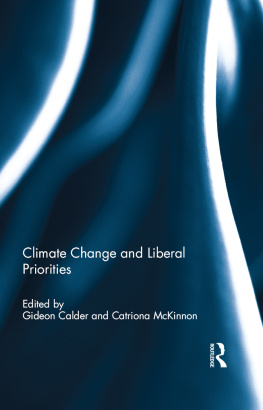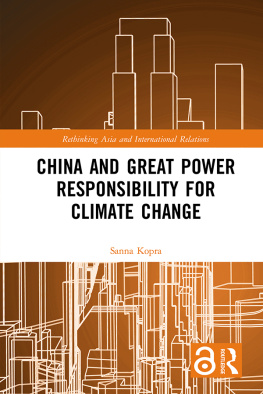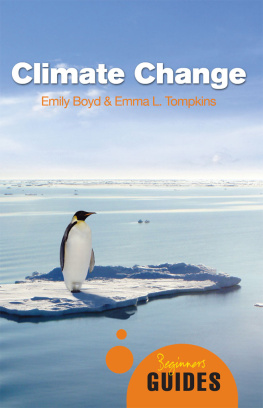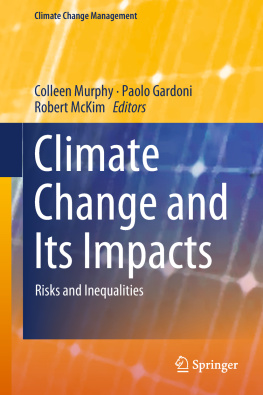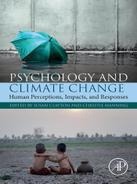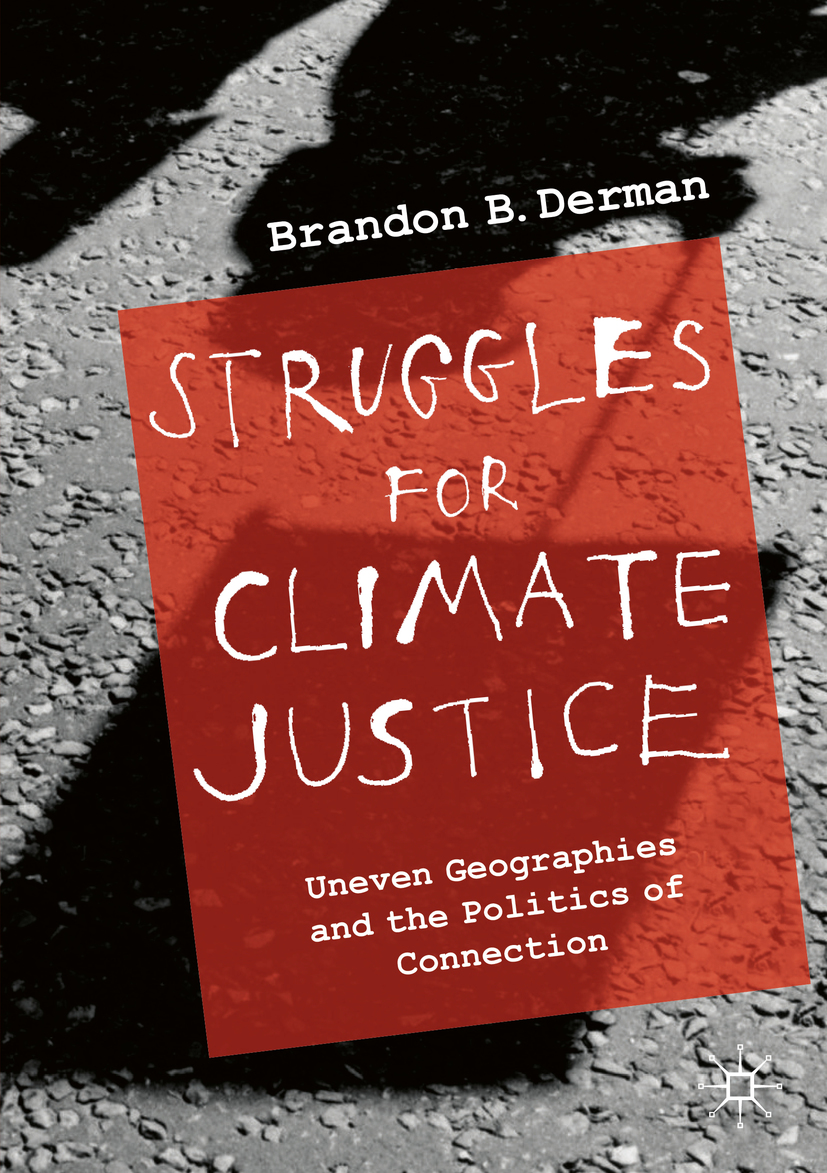Brandon Barclay Derman
Department of Environmental Studies, University of Illinois at Springfield, Springfield, IL, USA
ISBN 978-3-030-27964-6 e-ISBN 978-3-030-27965-3
https://doi.org/10.1007/978-3-030-27965-3
The Editor(s) (if applicable) and The Author(s), under exclusive licence to Springer Nature Switzerland AG 2020
This work is subject to copyright. All rights are solely and exclusively licensed by the Publisher, whether the whole or part of the material is concerned, specifically the rights of translation, reprinting, reuse of illustrations, recitation, broadcasting, reproduction on microfilms or in any other physical way, and transmission or information storage and retrieval, electronic adaptation, computer software, or by similar or dissimilar methodology now known or hereafter developed.
The use of general descriptive names, registered names, trademarks, service marks, etc. in this publication does not imply, even in the absence of a specific statement, that such names are exempt from the relevant protective laws and regulations and therefore free for general use.
The publisher, the authors and the editors are safe to assume that the advice and information in this book are believed to be true and accurate at the date of publication. Neither the publisher nor the authors or the editors give a warranty, expressed or implied, with respect to the material contained herein or for any errors or omissions that may have been made. The publisher remains neutral with regard to jurisdictional claims in published maps and institutional affiliations.
This Palgrave Macmillan imprint is published by the registered company Springer Nature Switzerland AG.
The registered company address is: Gewerbestrasse 11, 6330 Cham, Switzerland
Acknowledgments
I owe the activists, advocates, and governmental staff who generously made time to answer my interview questions for the inspiration that has guided this book and much of what insight it contains. Its deficits, of course, are mine. Many of those whose voices and visions inform the text most meaningfully must remain anonymous. Broader thanks are also due to them, however. The individuals I interviewed and whose work I observed in making this book devote their working lives and often much more to the cause of a more just and sustainable future for us all.
Before this project began, mentors and friends at Hunter College of the City University of New York opened the doors that led onward to it. Among them are Jochen Albrecht, Laxmi Ramasubramanian, and Haydee Salmun. The work would still not have begun or gathered necessary steam, however, without many conversations at the University of Washington (UW) among those connected with Three Degrees Warmer and its offshoots: Jeni Krencicki Barcelos, Jenn Marlow, David Battisti, Stephen Gardiner, Greg Hicks, Josh Griffin, and students in multiple years of the Climate Justice Seminar.
My doctoral adviser, Steve Herbert, and committee members Vicky Lawson, Matt Sparke, and Michael McCann, as well as Sarah Elwood, Lucy Jarosz, and other supporters in Geography and Law, Society and Justice at UW saw promise in a geographic/socio-legal study of climate justice, and provided steadfast support and guidance on what felt like a long road. They also helped build bridges by which that study gained readers and allies, and without which this text would have been less grounded and I less committed. To Asuncion St. Claire, Siri Gloppen, Kjersi Flttum, Patrick Bond , Jackie Dugard, Susan Sterett, Anna-Maria Marshall, and Stephen Gardiner, who all convened workshops and/or edited related collections, and the many others who participated in Bergen, Durban , Oati, Boulder, and Seattle: thank you.
Among the fruit of those meetings, the editors of theOati Socio-legal Seriesgraciously allowed me to borrow from my paper Revisiting Limits to Legal Mobilization for Global Climate Justice in what became Chap. 2. Similarly, Taylor & Francis granted generous permission to draw from my chapter in theRoutledge Handbook of Climate Justice, edited by Tahseen Jafry with Michael Mikulewitz and Karen Helwig, in parts of Chap. 5.
I could not have visited the places or heard from the people who articulated the challenges and visions of climate justice chronicled in these pages were it not for funding from the United States National Science Foundation (Grant number 1129127), the European Union Centers of Excellence, the UW Department of Geography and Presidents office, and the College of Public Affairs and Administration and Provosts office at the University of Illinois Springfield (UIS). The voyages they facilitated would have been hard ones without the intellectual and personal comradery of Sonja Klinsky, Shangrila Joshi Wynn, Joel Wainwright, Lisa Vanhala, and Tracey Osborne; the work of those who makeDemocracy Nows coverage of climate negotiations and alternative summits; and the warmth of the Raschs Copenhagen home. Between data-gathering trips, my students at UW and UIS were frequent interlocutors and sounding boards for the ideas that shaped this book. Their questions and observations helped to clarify and motivate the analysis that follows, and the research assistance a few of them provided was invaluable.
At Palgrave Macmillan, Rachael Ballard initiated and sustained the conversation that resulted in this book, and Joanna ONeill has been instrumental in its realization. I learned from and was inspired onward both by anonymous reviewers and by the careful and timely comments of Tiffany Grobelski, Katie Gillespie, Riaz Tejani, Eugene McCarthy, and Mike Babb.
My fellow travelers through the UW geography program and now at UIS make the lumpy life of research and teaching more and more enjoyable. At and after UW, Katie, Tiffany, Mike, Jesse McClelland, in particular, gave friendship as well as intellectual attention to this project in great measure. In Springfield, Richard Gillman-Opalsky, Riaz, Eugene, Megan Styles, and Bob Smith read chapter drafts and/or supplied timely advice and support. All remaining errors and oversights are, again, mine.
Closer to home, my parents and siblings, the Brewster family, and above all Anne and Lucy sustained me and improved this book with their seemingly infinite patience, levity, good sense, and love.
Introduction
Chattering voices drop to silence as two images appear on a screen hung over a deep stage to one side of a darkened gymnasium. On the left side of the screen, a sleeping woman stirs, taps a button on a clock, throws back a coverlet, and gets up. The room around her is cramped and modern. In the right-hand portion of the screen, a second woman rises from a low platform in semi-darkness, bare feet meeting a dirt floor. Both wordlessly begin their day. Soon the woman on the left is obscured in a shower stall, as steam rises. Meanwhile, the woman on the right emerges from a darkened hut to slanting light. Laden with pots, she joins a rutted track. At left, the woman finishes her toilette, closes a tap, and moves into a small kitchen, igniting the element beneath a kettle. The woman to the right walks on, as her path cuts through tall grass. She at left finishes her morning meal, rinses dishes, fixes hair and coat. She to the right places each foot carefully, as the path descends unevenly to the bank of a river. To the left now, small crowded rooms stand empty. To the right a womans arms lower a large vessel into flowing water. The audience remains quiet as the images fade.



